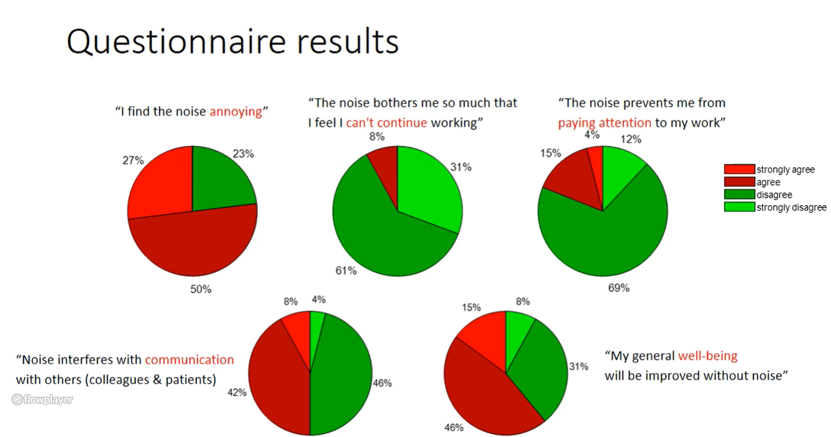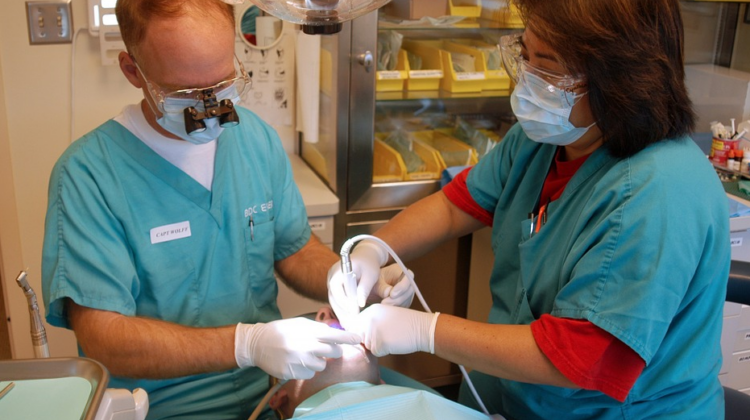
Internoise 2020 in Korea was held as an e-congress and the committee made it possible for all the attendees to access papers and pre-recorded presentations whenever they wanted to. An impressive platform with papers, presentations, chat rooms, videos, e-exhibition, and sponsor opportunities was open for 2 weeks and a lot of excellent material was accessible. Dental clinics was yet on the agenda!
Real-time sessions
Besides the opportunity to watch and read material whenever wanted, real-time sessions were planned and very well organized and even though attendees were sitting in their homes around the globe it gave a feeling of togetherness in these tough Corona times.
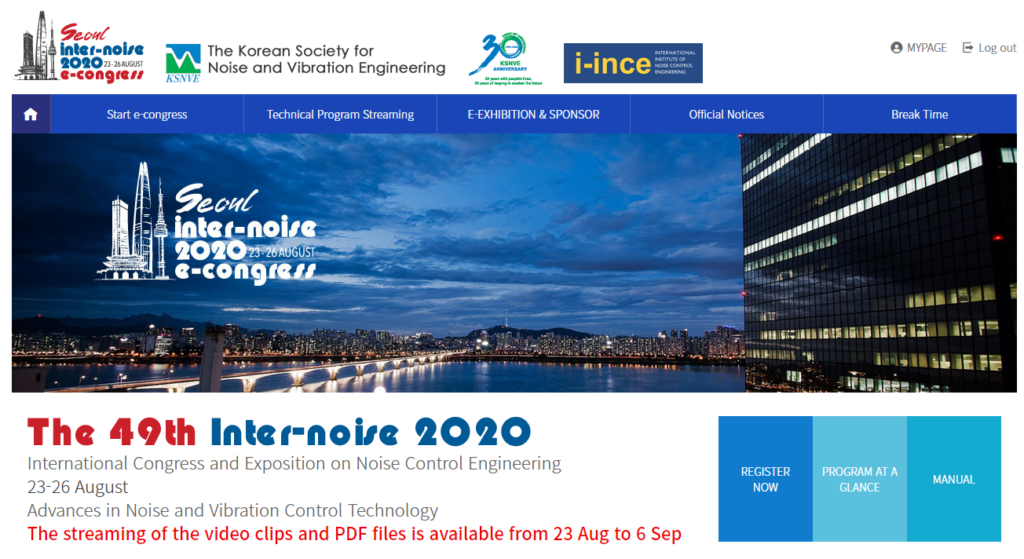
Session chairs pulled it off perfectly and chat rooms during the live sessions were busy. Having the opportunity to ask questions to the authors/presenters during the actual presentation and not ‘just’ in the following short Q&A made the presentations livelier and you had a feeling of really being at a conference – where ‘mingling’ suddenly happened online.
Noisy equipment in Danish dental clinics
An interesting paper titled ‘Noise level measured in Danish dental clinics’ by Cheol-Ho Jeong and Nina Yazdanyar from the Technical University of Denmark was about noise levels in Danish dental clinics. The healthcare segment is so much more than ‘just’ hospitals and it was interesting to learn about some of the findings.
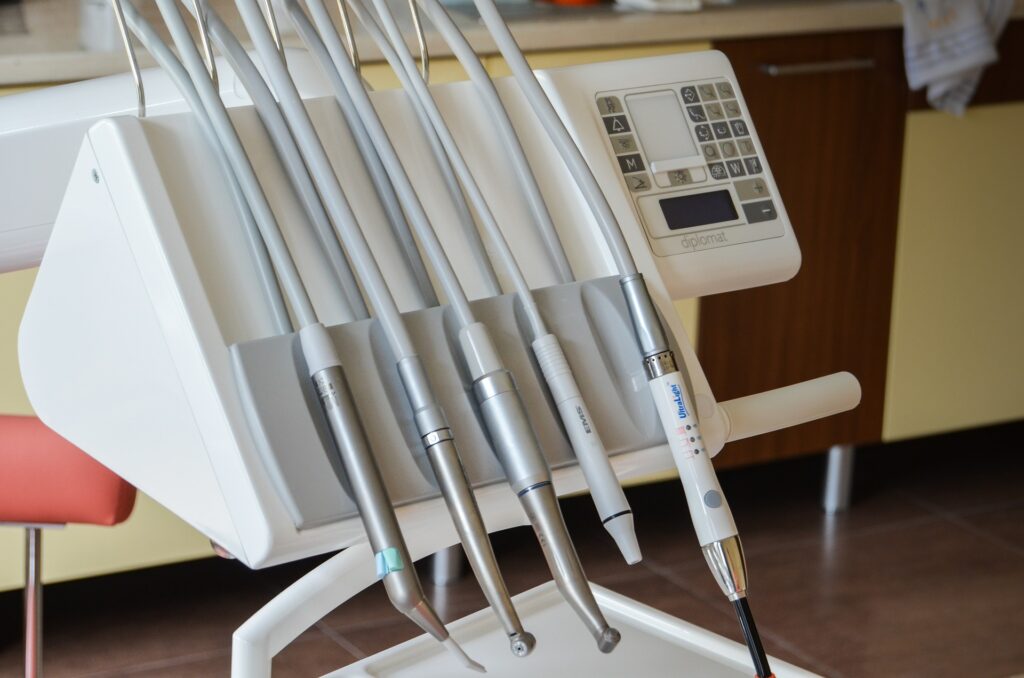
Noise levels in three different dental clinics were measured over several days and so was the exposure of the staff which was surveyed also via questionnaires. The measured noise levels were compared to the guidelines and regulations stated by the Dental Association in Denmark and the Danish working environment authority. The results showed that in general the rules and guidelines were met.
New equipment quieter
The study also showed that new equipment was significantly quieter than old ones (of about 3-5 years of usage) and a solution to the noise problems could be to replace the old equipment. In general, there was a mismatch between objective noise levels and perceptually noisy equipment.
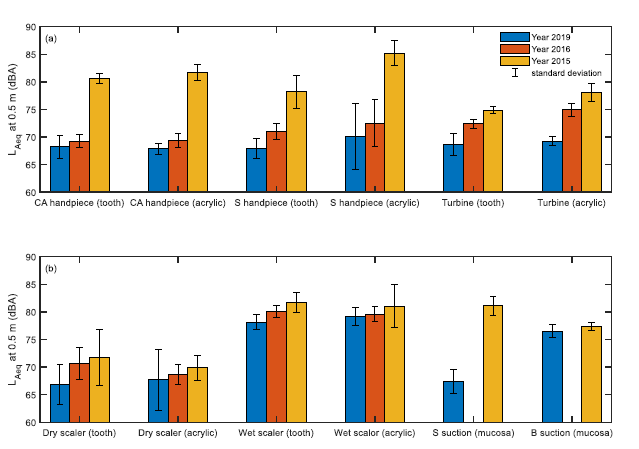
The study revealed no clear evidence that the dental staff was at risk of noise-induced hearing damage and the staff also had no big concern about hearing loss. This, however, is in huge contrast to the fact that 42% of them experience tinnitus which could be an indication of hearing loss because of long-term noise exposure.
Even though the noise levels generally complied with the rules and guidelines, the staff was annoyed by the loud noise from the dental equipment during actual operations. And they expressed that if the noise levels could be reduced – it would improve both well-being and job satisfaction.
